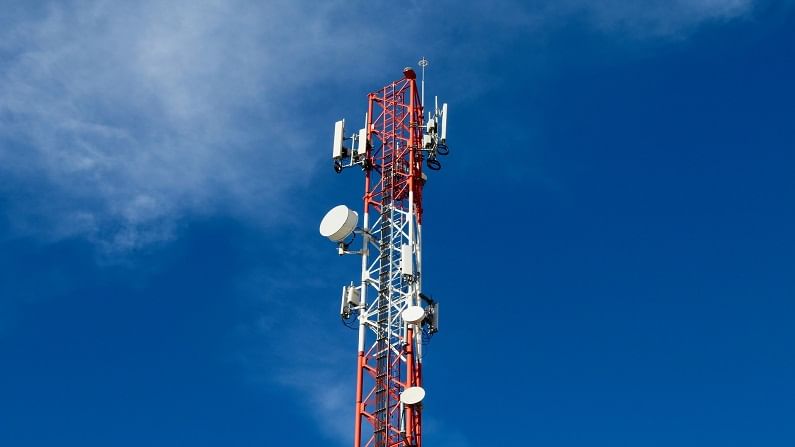Telcos will have to provide bundled services to ensure customer stickiness: Report
India Ratings and Research said the telecom sector will continue showing signs of recovery amid a conducive regulatory environment and maintained a 'stable' outlook for the industry in FY22

Mumbai: Providing services like broadband connectivity, cable TV, enterprise solutions, and payment wallets is the need of the hour for telcos, and the second wave of consolidation is upon the industry, a rating agency said on March 23.
India Ratings and Research said the sector, which was battered following the aggressive entry of Reliance Jio, will continue showing signs of recovery amid a conducive regulatory environment and maintained a “stable” outlook for the industry in FY22.
The second round of consolidation (Consolidation 2.0) is kicking-in in the industry, which will bring a transformation in the business models of telecom companies, leading to the evolution of incumbents from the providers of traditional voice-only services to complete digital solutions for households, it said.
Along with wireless mobility, telcos will have to provide services such as broadband connectivity, cable TV services (direct-to-home), enterprise solutions, e-payment wallets/platforms, music applications and over-the-top transmission platforms.
Such bundling of services along with the traditional wireless mobile services has become the “need of the hour” to ensure customer stickiness and widen the market footprint, the agency said.
It can be noted that the sector was once a very busy field with up to half a dozen operators to choose from. However, in the last five years, operators like Vodafone and Idea went for a merger, some retreated and some were also forced to go into bankruptcy because of financial difficulties. Among the operators, it said Jio has a strong or moderate presence in all the allied services, except the enterprise segment where it is non-existent, while Bharti Airtel lacks broadcasting presence and Vodafone Idea does not have a presence in broadcasting, payment wallets and direct to home.
The increasing data usage and rising proportion of higher average revenue per user data customers in the overall subscriber mix indicate that, even without tariff hikes, the sector is structurally moving towards a higher- average revenue per user regime, it said.
Competition intensity has alleviated over the last year, as evident from the narrowing of tariff differentials among telcos, it said.
The evolution of the industry over the coming quarters will remain a key monitorable since it will determine whether the Indian mobility market will remain a 3+1 player market or will transition to a 2.5+1 player market and how telcos will respond to the next phase of consolidation in the industry, the agency said.

